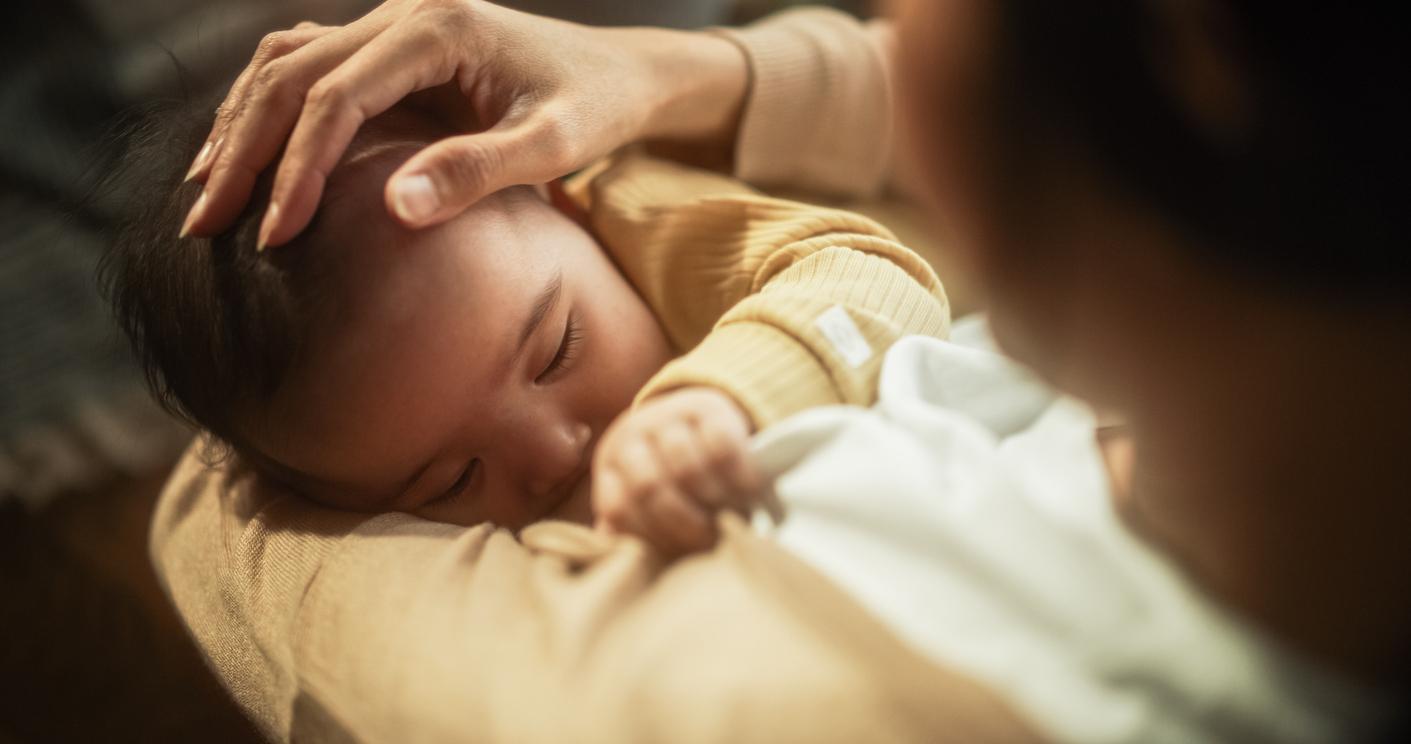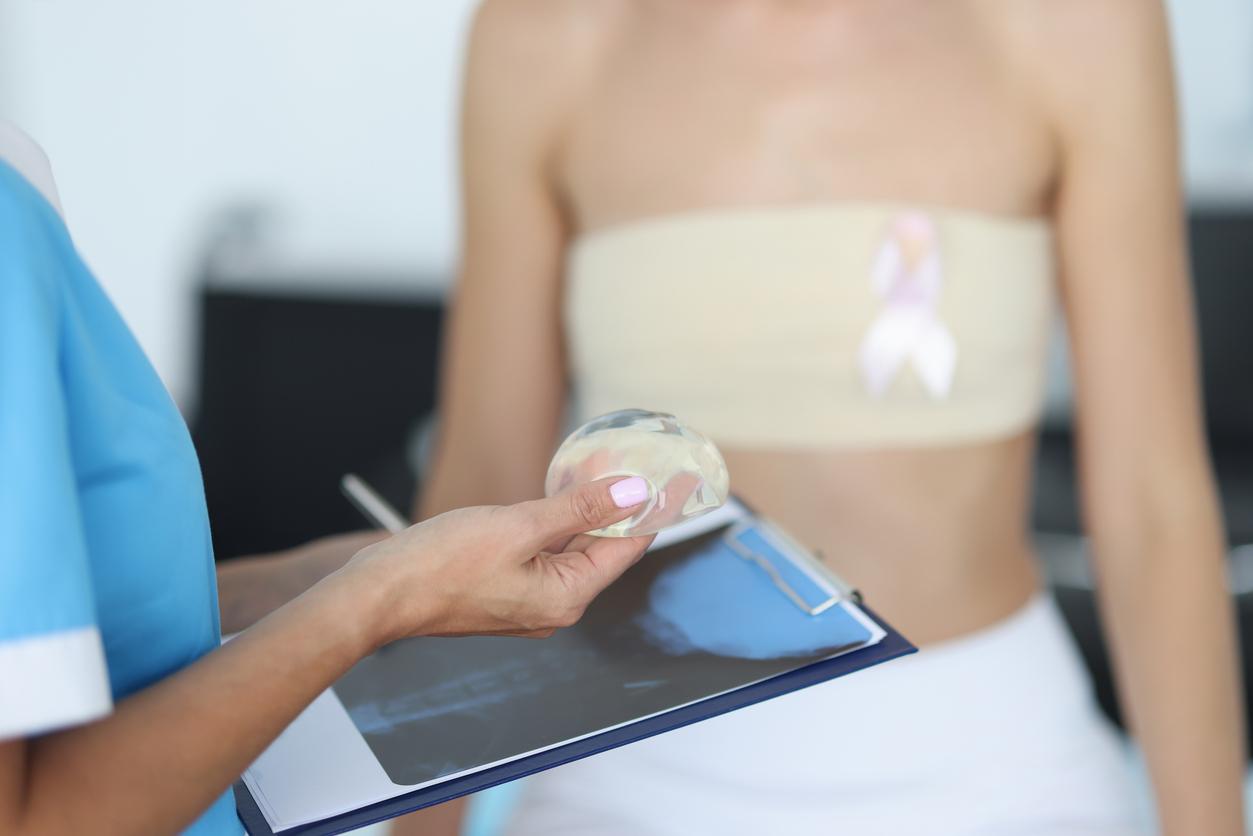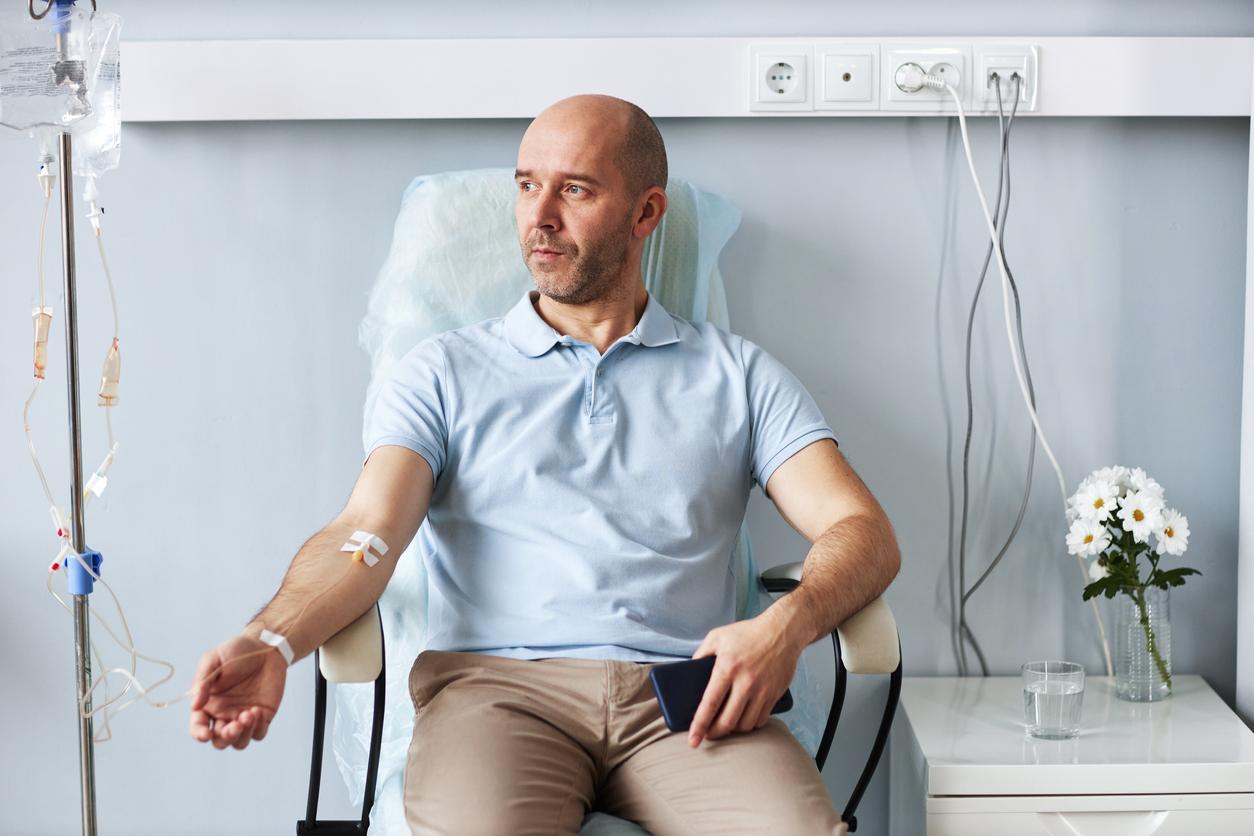According to Chinese medicine, the feet are considered “the part of the body that preserves health” and, from the toes to the heel, there is a projection of the whole body, from the head to the calf. “By massaging the different areas of the foot, reflexology aims to rebalance the parts of the body associated with it. The reflexologist works to accelerate the functions of such an organ, slow down those of another, so that the body regains its harmony” explains Marc-Aurèle Rocher, masseur-reflexologist and author of Guide to daily foot reflexology (ed. Medici)
In video: 4 things to know about foot reflexology
Who is foot reflexology for?
“At any age, it is beneficial to receive this type of treatment” underlines the reflexologist who recalls that “it is a gentle method, pleasant massages which aim to offer deep relaxation to those who receive them”. The therapist’s oldest patients were 3 months old, the oldest 90 years old.
There are a few contraindications:
- In case of phlebitis
- In case of diabetes
- In the first trimester of pregnancy
- In case of cancer or autoimmune disease
Reflexology: how is a session going?
The reflexologist begins by “establishing contact” with the feet through a relaxing massage. Because the more relaxed you are, the more beneficial the session. The patient must be comfortably installed, the spine straight, the lumbar flat. Shoulders, neck and hips are released to avoid blockages and optimize the effects of the session. And knees wedged under a bolster or a rolled up towel.
For Chinese medicine, if an area hurts, it reflects a dysfunction of the associated organ. The area is clogged with waste deposited on the nerve endings (the foot has 7200 of them). During the session, the practitioner will massage, press, knead to “clean” it and restore the balance of the diseased organ. By massaging a particular area of the foot, the reflexologist accelerates the functions of one organ or slows down those of another so that the body regains its harmony.
Reference lines separate the foot into 4 distinct spaces:
- Toes : anything above the head.
- The pads: affecting the cardiac and pulmonary systems.
- The arch of the foot: pertaining to the digestive system.
- The heel : partly what relates to the digestive system, and partly what relates to the genital system (an area to be avoided in pregnant women, even after the first trimester of pregnancy).
Our expert : Marc-Aurèle Rocher, masseur-reflexologist, author of the Guide to daily plantar reflexology (ed. Medici)
Read also :
- Plantar reflexology: 4 exercises to relax
- My feet are always cold: how can I warm them up?
- 5 tips to relieve the soles of the feet















